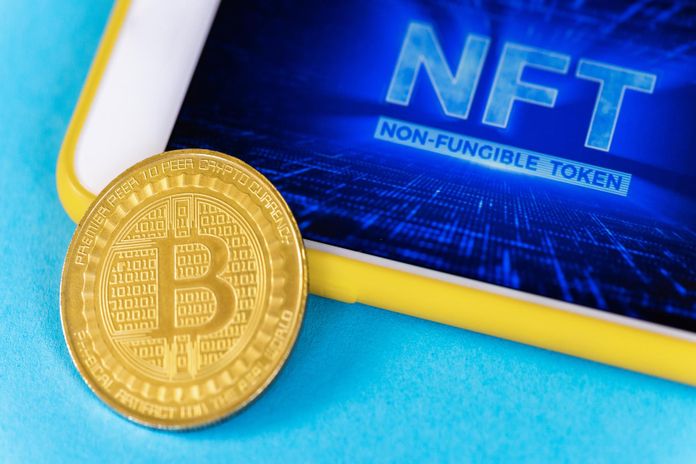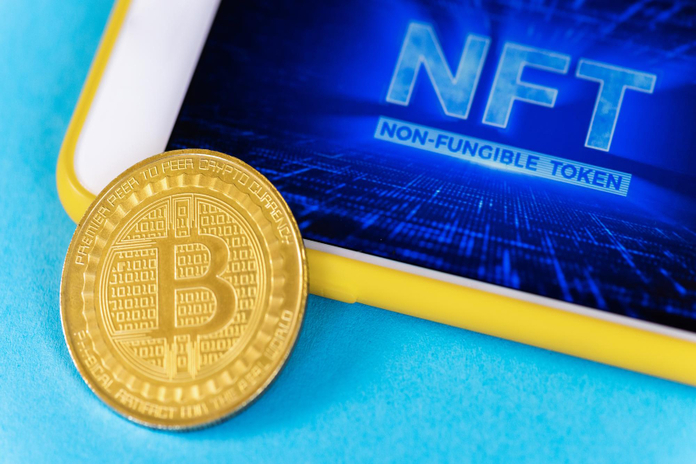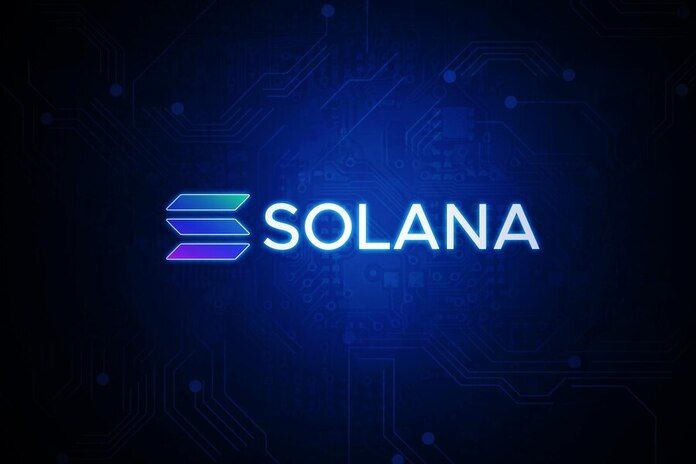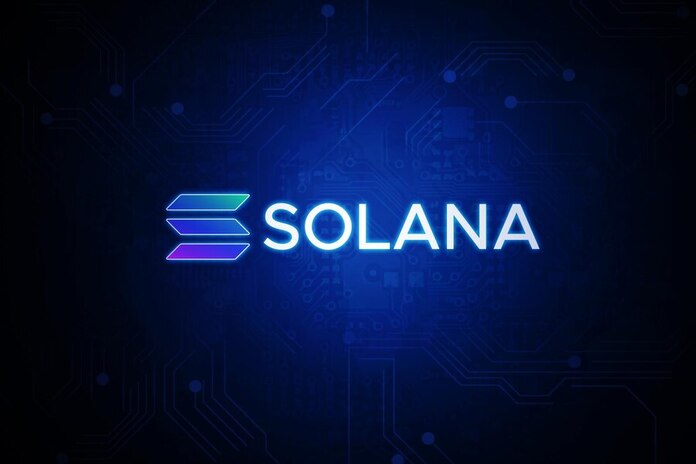U.S. Cryptocurrency Regulation Shifts with Political Sentiment

The landscape of cryptocurrency regulation in the U.S. has undergone a significant transformation in recent years. What was once met with skepticism and stringent oversight is now evolving into a more nuanced and balanced approach, driven by shifting political sentiment and a deeper understanding of the technology’s potential. This article explores the changing dynamics of cryptocurrency regulation in the U.S., focusing on the roles played by the political landscape and the Securities and Exchange Commission.
Early Skepticism and Regulatory Challenges
In the early days of cryptocurrency, the industry faced considerable skepticism from U.S. regulators. High-profile incidents such as the Silk Road marketplace and the collapse of the Mt. Gox exchange cast a shadow over digital currencies, associating them with illicit activities and financial instability. Under SEC Chairman Jay Clayton (2017-2020), the Commission took a hardline stance on initial coin offerings, treating many as unregistered securities. This led to numerous enforcement actions and created a challenging environment for cryptocurrency businesses, which struggled to navigate the regulatory landscape.
Shifting Political Sentiment Towards Cryptocurrency
In recent years, however, there has been a notable shift in the political sentiment surrounding cryptocurrency regulation in the U.S. Several factors have contributed to this change:
- Mainstream Adoption: Major companies like Tesla (NASDAQ:TSLA), Square, and PayPal have begun adopting digital assets, lending legitimacy to cryptocurrencies and encouraging broader acceptance.
- Technological Innovation: The recognition of blockchain technology’s potential beyond digital currencies has fueled interest in its applications, such as supply chain management and decentralized finance.
- Global Competition: The rise of central bank digital currencies in countries like China has prompted U.S. lawmakers to consider the strategic implications of digital currencies, recognizing the need to stay competitive in the global financial landscape.
- Political Support: Politicians like Senator Cynthia Lummis and Representative Tom Emmer have emerged as vocal advocates for favorable cryptocurrency legislation, pushing for a regulatory framework that encourages innovation while protecting consumers.
The SEC’s Evolving Stance Under Gary Gensler
Since taking the helm as SEC Chairman in April 2021, Gary Gensler has steered the Commission towards a more nuanced approach to cryptocurrency regulation in the U.S. Gensler’s leadership has been marked by a focus on achieving a balance between fostering innovation and ensuring investor protection:
- Clearer Regulations: Gensler has emphasized the need for regulatory clarity, particularly in classifying cryptocurrencies as securities or commodities. This clarity is crucial for businesses and investors navigating the regulatory landscape.
- Enforcement and Oversight: While the SEC continues to pursue enforcement actions against fraudulent activities in the cryptocurrency space, Gensler has also advocated for a more predictable regulatory environment that encourages compliance and innovation.
- Investor Protection: A key priority for Gensler has been enhancing investor protection through robust disclosure requirements and measures to prevent market manipulation. These efforts aim to build trust and stability in the cryptocurrency markets.
Legislative Developments Reflecting Changing Sentiment
The shifting sentiment towards cryptocurrency regulation in the U.S. is also evident in recent legislative developments:
- Infrastructure Bill: The $1.2 trillion Infrastructure Bill, passed in November 2021, included provisions for cryptocurrency tax reporting, recognizing the role of digital currencies in the broader financial system.
- Proposed Legislation: Bills such as the “Digital Commodity Exchange Act” aim to establish clearer regulatory frameworks for cryptocurrency exchanges, reflecting a growing recognition of the need for tailored regulations in this emerging industry.
- Central Bank Digital Currency: The Federal Reserve’s exploration of a digital dollar underscores the increasing importance of cryptocurrency technology in shaping the future of the U.S. financial system.
Conclusion
The evolving landscape of cryptocurrency regulation in the U.S. reflects a maturation of understanding and approach. Early skepticism is gradually being replaced by a more balanced perspective, driven by mainstream adoption, technological innovation, and strategic considerations. As political sentiment continues to shift, ongoing dialogue among policymakers, regulators, and industry stakeholders will be crucial in shaping a sustainable and innovative future for cryptocurrencies in the United States.
Disclaimer: This article is for general informational purposes only and does not constitute legal, tax, accounting, or investment advice. These are my opinions and observations only. I am not a financial advisor.
Featured Image: Freepik








